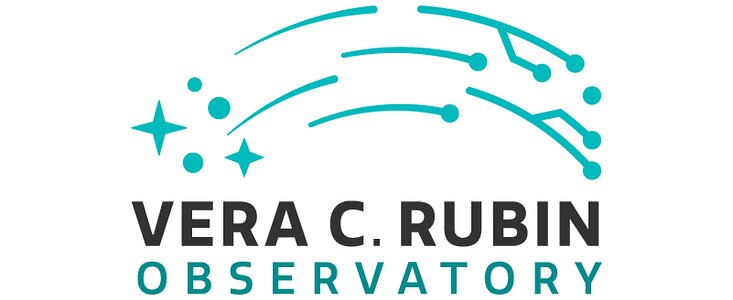Rubin Digest 08 June 2021
8 June 2021
Project & Science News
Registration is now open for the 2021 Rubin Project and Community Workshop (PCW), which will be held virtually August 9-13. Details and a link to register are on the meeting website (login required).
Congratulations to the Data Management Science Quality and Reliability Engineering (SQuaRE) team, who were recently awarded the “2021 Built on InfluxDB Award for Best Application” for the Rubin Observatory Engineering Facilities Database (EFD). The SQuaRE team built the EFD to serve as the central repository for telemetry data from different subsystems relating to the Rubin summit facility, and it is powered by InfluxDB, a time-series database. Details about the award can be found here.
The Data Management team is seeking community feedback on Rubin’s developing plans for the timeseries features it will compute on alert and Data Release lightcurves, as discussed in this technote. Details are available on community.lsst.org (login required).
The floor hatch on the 7th level of the summit facility building has now received major improvements designed by Rubin Mechanical Engineer, Mario Rivera. This hatch will provide access when lifting large pieces of equipment from ground level to the floor level of the dome, using the recently completed dome bridge crane. The hatch also provides an alternate means of lifting the Camera or Secondary Mirror (M2) down to ground level or up to the telescope in the unlikely event that the platform lift (which requires that lifted pieces be on rolling carts) is not available or not functioning. Photos of the hatch are available in the Gallery.
Identifying the optimal Legacy Survey of Space and Time (LSST) cadence for a broad range of scientific goals is a challenge. As part of the survey design and characterization process, Rubin Observatory involved the LSST science community by soliciting white papers and "Cadence Notes." The Astrophysical Journal Supplements is preparing to release a Focus Issue on the Rubin LSST cadence work. All are invited to submit papers related to recently submitted Cadence Notes or previously unpublished work related to the 2018 white papers. These peer-reviewed journal articles will describe scientific investigations that motivate and support these submissions and thus provide a record of the factors which influenced survey design, as well as guidance for future surveys that may confront many of the same issues facing Vera Rubin Observatory. In order to submit work that should be considered for this focus issue submit the paper through the ApJS portal. Please include a cover note that says "this submission to be considered for the ApJS Rubin Cadence Focus Issues."
June staff highlights are now featured at this link; learn more about your colleagues Andy Clements, Jeff Kantor, Nate Lust, Michael Reuter, Rafe Schindler, and Christine Soldahl.
Operations Updates
Invitations have been distributed to the scientists and students who were selected to participate in Data Preview 0 (DP0), which begins later this month; all DP0 applicants have been notified by email regarding whether they were selected to participate or are on the waitlist. Approximately 100 people have already accepted their invitations; a list is available on community.lsst.org (login required).
Personnel Announcements
A new position is available for an Electronics Technician based in Chile. English language skills are welcome, but not required. Details (in Spanish) are available on the Rubin hiring page.
Upcoming Meeting with Rubin Observatory Involvement
(those with an asterisk* are LSSTC funded):
2021
June 7-10: Statistical Challenges in Modern Astronomy VII, Virtual
June 15-17: Project Re-baseline Review, Virtual
July 19-23: Dark Energy Science Collaboration (DESC) Meeting, Virtual
August 9-13: Rubin Project and Community Workshop (PCW) 2021, Virtual
September 13-15: Joint Status Review, Virtual
September 23, 24 & 27: AURA Management Council for Rubin Observatory (AMCR) meeting, Virtual


